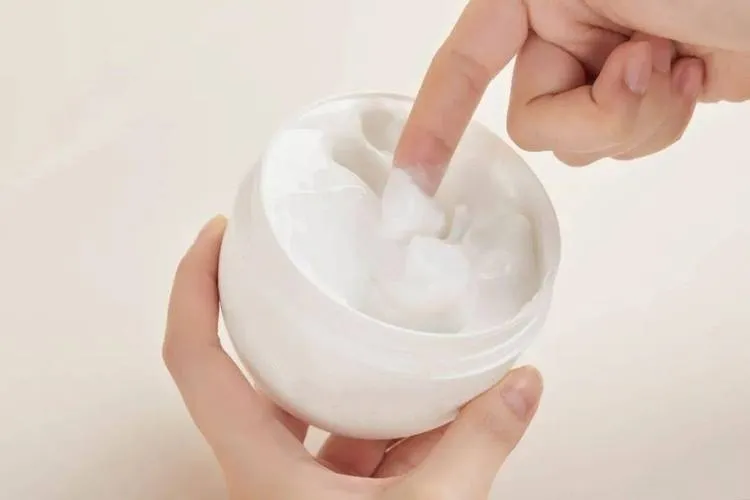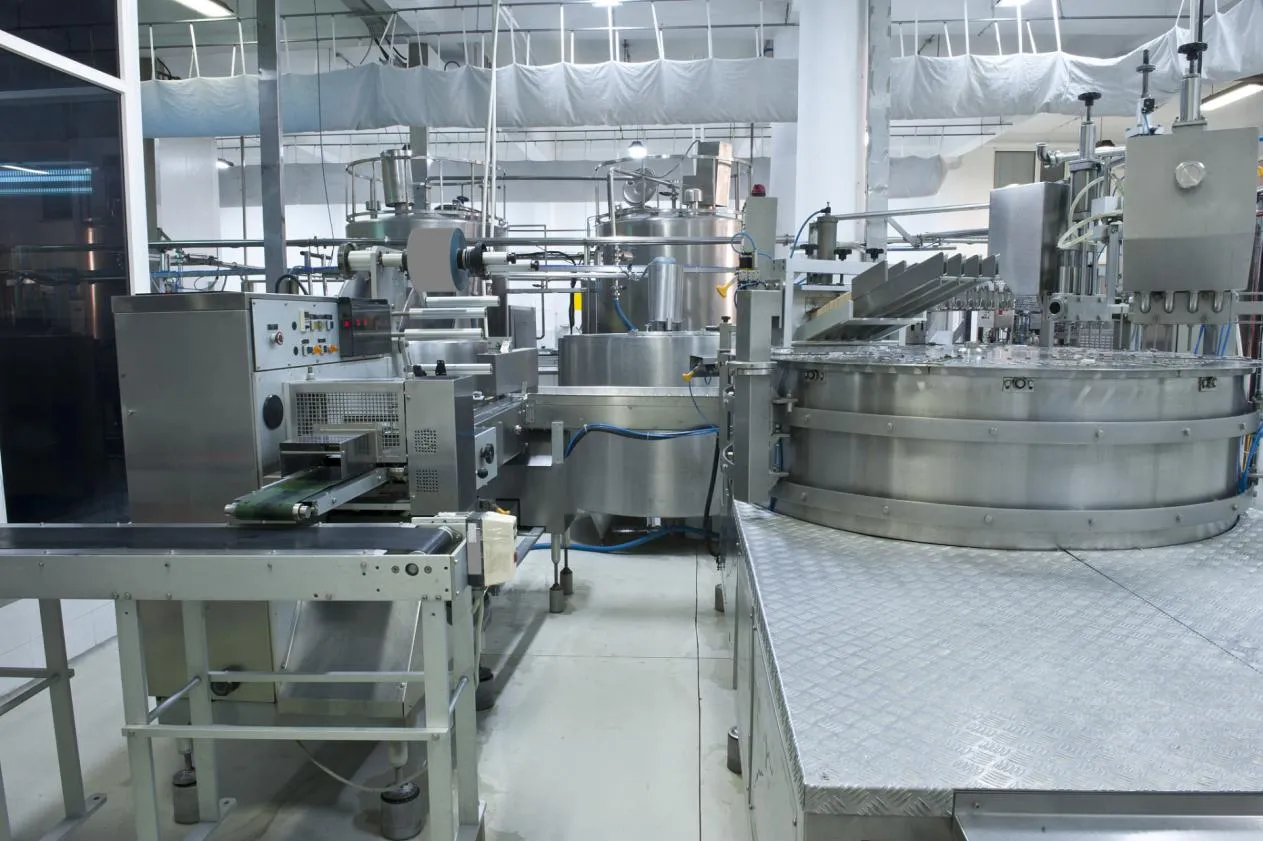
Exploring Modified Starches: Functional Roles and Industry Applications
Modified starches are essential additives in industries ranging from food and cosmetics to pharmaceuticals and construction. Among the most widely used are hydroxypropyl starch ether, hydroxyethyl starch, және hydroxypropyl distarch phosphate E1442. These starch derivatives offer unique chemical and functional properties that make them suitable for thickening, binding, emulsifying, and stabilizing applications.

The Versatility of Hydroxypropyl and Hydroxyethyl Starches
Hydroxypropyl starch ether is primarily used in construction materials such as dry-mix mortars and plasters. It improves water retention, workability, and adhesion without affecting the final setting strength. This makes it an indispensable component in tile adhesives, wall putty, and self-leveling compounds.
In the food and pharmaceutical industries, hydroxyethyl starch plays a very different but equally important role. As a synthetic colloid, hydroxyethyl starch is used in volume replacement therapy for treating hypovolemia. Particularly, hydroxyethyl starch 130 0.4 is a commonly used formulation in intravenous solutions, where it functions to maintain plasma volume over extended periods without excessive side effects.
When it comes to food processing, hydroxypropyl distarch phosphate E1442 is a widely accepted modified starch that is resistant to heat, acid, and shear. It maintains viscosity in sauces, canned soups, and frozen meals. Its stability and low retrogradation rate make it a preferred choice in long-shelf-life food products.

Expanding Use Cases in Cosmetics and Healthcare
In recent years, hydroxypropyl starch phosphate for skin has gained popularity as a gentle, multifunctional ingredient in cosmetic formulations. It acts as a stabilizer and texturizer in lotions, creams, and serums. Its mild, non-irritating properties make it particularly suitable for sensitive skin. Hydroxypropyl starch phosphate for skin not only enhances texture but also improves the absorption of active ingredients.
Likewise, the scope of hydroxyethyl starch uses continues to grow. Beyond plasma expanders, it's also explored for drug delivery systems and tissue engineering due to its biocompatibility and low toxicity. In ophthalmic products, hydroxyethyl starch helps stabilize eye drop formulations by acting as a viscosity enhancer and lubricant.
Several global manufacturers and innovators are leading the charge in modified starch technology. One notable HPS company specializes in high-performance starch derivatives tailored for construction and cosmetic industries. As demand for bio-based and environmentally friendly chemicals rises, companies like this are continuously developing solutions that replace synthetic polymers without compromising performance.

Product FAQ: Modified Starches
Q1: What is hydroxypropyl starch ether used for?
Hydroxypropyl starch ether is mainly used in dry-mix mortars to improve workability, water retention, and consistency. It’s especially beneficial in tile adhesives, plasters, and self-leveling materials.
Q2: What is hydroxyethyl starch and how is it used?
Hydroxyethyl starch is a synthetic colloid used as a plasma volume expander in medical treatments. It can also be used in pharmaceutical formulations, drug delivery, and eye care.
Q3: What does hydroxyethyl starch 130 0.4 mean?
Hydroxyethyl starch 130 0.4 refers to a specific type of hydroxyethyl starch with a mean molecular weight of 130 kDa and a substitution ratio of 0.4. It is commonly used in IV fluids for volume resuscitation.

Q4: What is hydroxypropyl distarch phosphate E1442?
Hydroxypropyl distarch phosphate E1442 is a food-grade modified starch that is stable under heat, acid, and mechanical shear. It is used in sauces, gravies, and canned foods.
Q5: Is hydroxypropyl starch phosphate safe for skin?
Yes, hydroxypropyl starch phosphate for skin is generally considered safe and effective in cosmetic applications. It’s commonly used in sensitive skin products for its gentle texture-enhancing properties.
Q6: What industries benefit from hydroxyethyl starch uses?
Hydroxyethyl starch uses span across medical (IV fluids), pharmaceutical (drug delivery), cosmetic (eye drops), and even research sectors (tissue scaffolding, biomaterials).
Q7: What is an HPS company?
An HPS company typically refers to a manufacturer specializing in HydroxyPropyl Starch products. These companies focus on developing high-quality starch ethers for industrial and personal care use.
-
Hydroxypropyl Starch as a Sustainable Construction AdditiveNewsNov.24,2025
-
The Gelation Properties of CMCNewsNov.21,2025
-
Redispersible Latex Powder and Water Retention CapacityNewsNov.21,2025
-
Dosage Control for Polycarboxylate Water ReducerNewsNov.21,2025
-
Film-Forming Properties of Polyvinyl AlcoholNewsNov.21,2025
-
The Function of Gypsum Additives in MortarNewsNov.21,2025





















